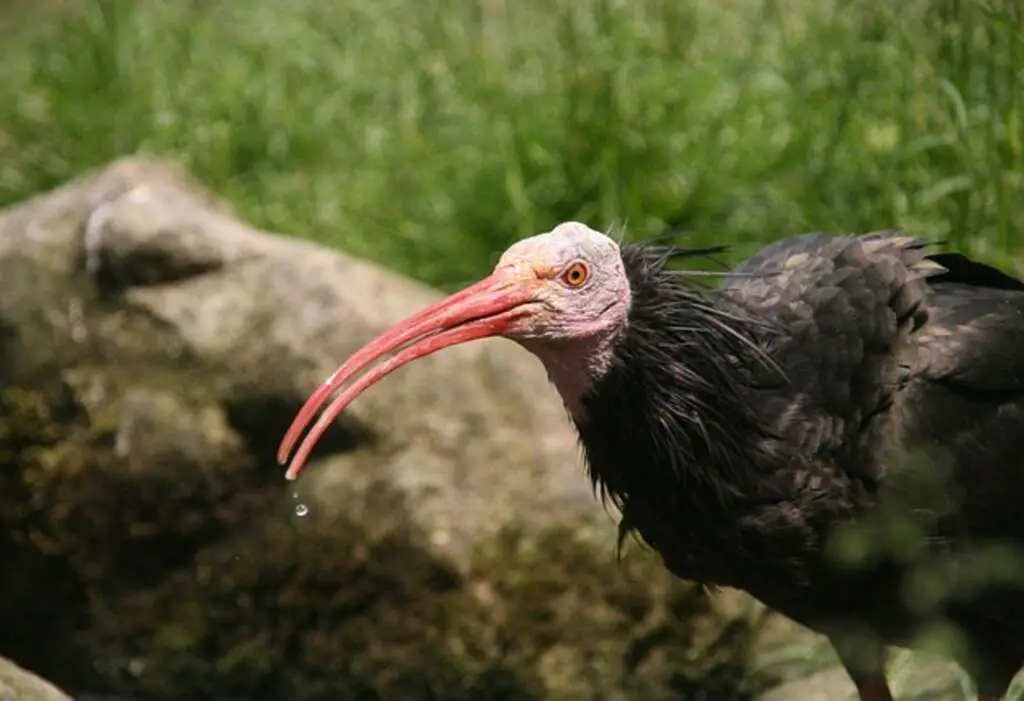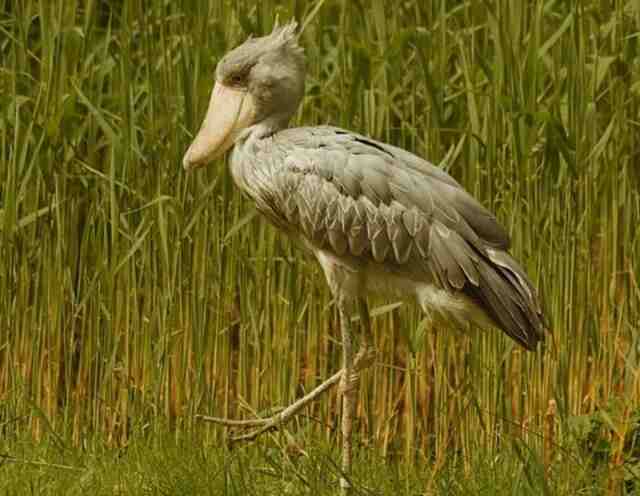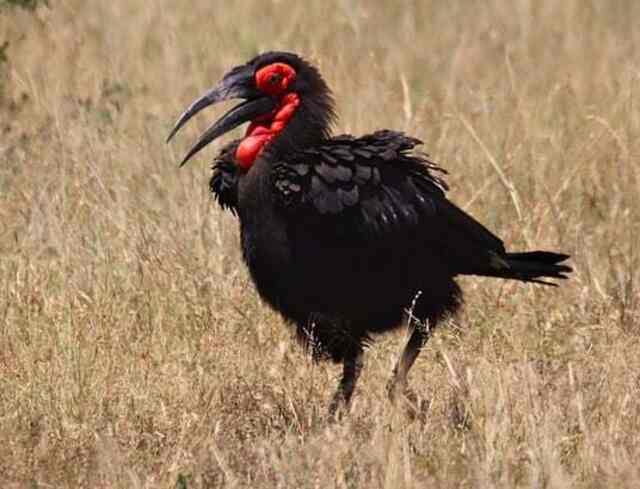Birds are some of the most fascinating and diverse creatures on our planet, with over 11,000 species scattered across the globe. But did you know that birds are actually descendants of dinosaurs? That’s right – the evolution of birds is a story that spans over 150 million years, from the earliest feathered dinosaurs to the modern avian species we see today.
In this article, we will explore the incredible history of bird evolution and the many factors that have shaped the development of these amazing animals. From the first feathered dinosaurs to the remarkable adaptations that have allowed birds to thrive in a variety of environments, we will take a deep dive into the world of avian evolution.
Table of Contents
- 1 Key Takeaways:
- 2 The Evolution of Birds
- 3 The Origins of Birds: From Dinosaurs to Avian Ancestors
- 4 The Early Evolution of Birds: From Archaeopteryx to Enantiornithines
- 5 The Diversification of Birds: Adaptive Radiation and Speciation
- 6 Understanding Bird Phylogeny: Tracing the Genetic Tree
- 7 The Remarkable Adaptations of Birds: From Flight to Beak Diversity
- 8 Human Impact on Bird Evolution: From Extinctions to Conservation
- 9 The Future of Bird Evolution: Adaptation in a Changing World
- 10 The Evolution of Birds: A Significant and Ongoing Story
- 11 FAQs: Exploring The Evolution of Birds
- 11.1 What is the connection between birds and dinosaurs?
- 11.2 Are there any fossil records that show the transition from dinosaurs to birds?
- 11.3 How did birds evolve different physical characteristics over time?
- 11.4 How do scientists classify and understand the evolutionary history of birds?
- 11.5 What are some notable adaptations of birds?
- 11.6 How has human activity affected bird evolution?
- 11.7 What does the future hold for bird evolution?
- 12 Sources
- 13 Author
Key Takeaways:
- The evolution of birds can be traced back over 150 million years to the earliest feathered dinosaurs.
- Birds have evolved into over 11,000 species, each with unique characteristics and adaptations.
- Understanding the evolution of birds can shed light on the broader history of life on earth.
The Evolution of Birds
The evolution of birds is a fascinating subject that has captured the attention of scientists and bird enthusiasts alike. Birds are believed to have evolved from dinosaurs, specifically theropods, about 150 million years ago during the Jurassic period.
Over time, these early birds developed a number of unique adaptations that allowed them to become highly specialized for flight. These adaptations include lightweight, hollow bones, a highly efficient respiratory system, and feathers.
As birds continued to evolve, they diversified into a wide range of species with different shapes, sizes, and behaviors. Today, there are more than 11,000 species of birds, ranging from tiny hummingbirds to large ostriches.
By studying the evolution of birds, scientists can gain insights into the processes of natural selection and adaptation, as well as the complex interplay between genetics and the environment.
The Origins of Birds: From Dinosaurs to Avian Ancestors
The evolution of birds can be traced back to their distant dinosaur ancestors. The fossil records have given us a glimpse into the transition from feathered dinosaurs to avian ancestors. This section will discuss the evidence of bird ancestors and feathered dinosaurs that led to the emergence of bird-like features.
Recent discoveries have shown that many dinosaurs had feathers, which is one of the key features that enabled bird evolution. It is now widely accepted that birds evolved from a group of theropod dinosaurs, a clade that includes famous dinosaurs like the Tyrannosaurus rex and Velociraptor.
The first bird-like dinosaur to be discovered was Archaeopteryx, found in Germany in 1861. This dinosaur had feathers and bird-like features such as wings, but also retained characteristics of its dinosaur ancestors, like teeth and a long bony tail. Archaeopteryx is considered a transitional fossil, providing crucial evidence for the evolution from dinosaurs to birds.
Other important bird-like dinosaurs include the Microraptor, which had feathers on all four of its limbs, and the Anchiornis, which had a mix of bird and dinosaur characteristics in its feathers and skeleton.
The discovery of feathered dinosaurs like these has supported the theory that birds evolved from dinosaurs. In addition, recent genetic studies have confirmed the evolutionary link between birds and their dinosaur ancestors.
Overall, the evidence from the fossil record and genetic analysis has shed light on the fascinating evolution of birds from their dinosaur ancestors.
The Early Evolution of Birds: From Archaeopteryx to Enantiornithines
The early evolution of birds is a topic of great interest to paleontologists, as it sheds light on the development of modern bird species. Fossil records have revealed several key species that contributed to the diversification of birds.
Archaeopteryx
Archaeopteryx is perhaps the most famous of the early bird species. Known to have lived during the Late Jurassic period, it had a unique combination of bird and dinosaur characteristics. It had feathers, but also had teeth and a long bony tail. This suggests that it was a transitional form between dinosaurs and birds, and may have been capable of powered flight.
Enantiornithines
Enantiornithines were another important group of early birds that thrived during the Cretaceous period. Unlike modern birds, they had teeth and clawed wings, and with their different skeletal features, it is clear that they evolved along a different line from today’s birds. Interestingly, Enantiornithines were more diverse than all other early birds combined, and their fossils have been found all over the world. This suggests they were once well adapted to local conditions in many different ecosystems.
Fossil records of these and other early bird species provide an important window into the transition from dinosaurs to modern birds. They also demonstrate how early bird species began to diversify and adapt to their environments, paving the way for the many different bird species we see today.
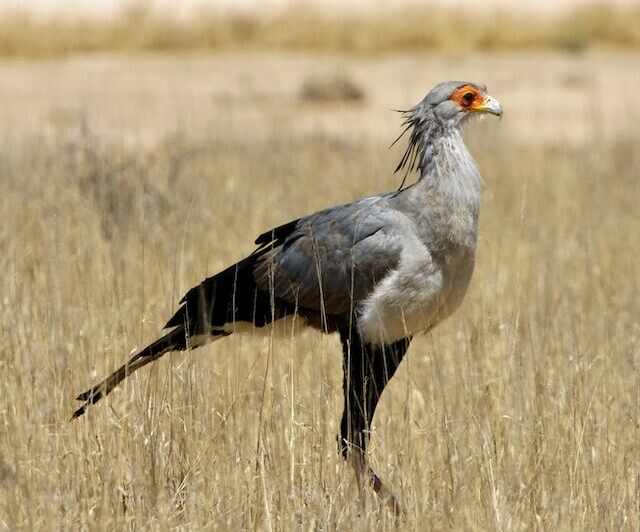
The Diversification of Birds: Adaptive Radiation and Speciation
As birds evolved, they diversified and specialized into different species with distinct physical characteristics and behaviors. This process, known as adaptive radiation, began around 65 million years ago following the extinction of non-avian dinosaurs.
Birds went through several major stages of development during their evolution, leading to the emergence of different avian lineages. One notable milestone was the evolution of flight, which allowed birds to take to the skies and expand their habitats. Other adaptations, such as the development of specialized beaks and feeding strategies, enabled birds to exploit a wide range of ecological niches.
The timeline of bird evolution can be traced through the fossil record, which shows a progression from early bird-like dinosaurs to the emergence of distinct bird species. Notable examples of early birds include Archaeopteryx, which had feathers and wings but also retained some dinosaur-like features such as sharp teeth.
The emergence of modern bird species was marked by the appearance of groups such as Enantiornithines, which had unique skeletal structures and diverse ecological roles. Over time, birds continued to diversify and adapt to changing environments, resulting in the vast array of species we see today.
The Impact of Adaptive Radiation on Bird Species Development
Adaptive radiation allowed bird species to develop unique physical and behavioral traits that enabled them to thrive in different environments. For example, species that live in forests may have evolved specialized beaks for cracking seeds or probing for insects in tree bark. In contrast, species that live near water may have developed webbed feet and waterproof feathers for swimming and diving.
Adaptive radiation also played a key role in the speciation of birds, where different populations of a species become genetically isolated and evolve into distinct species. This process can occur when populations are separated by physical barriers such as mountains or bodies of water, or by differences in behavior or mating preferences.
Overall, the diversification of birds through adaptive radiation and speciation has resulted in a rich diversity of species that occupy a variety of ecological niches and play important roles in ecosystems around the world.
Understanding Bird Phylogeny: Tracing the Genetic Tree
Bird classification and phylogeny are essential to understanding the evolution of birds. With the development of genetic analysis techniques, scientists can now trace the relationships between different bird species based on their DNA sequences. This has led to the discovery of many new branches and connections in the bird family tree.
The phylogenetic relationships among birds are complex and constantly evolving as new species are discovered and genetic analyses become more sophisticated. Birds are classified into several major groups, including the Paleognathae (ostriches, emus, and kiwis) and the Neognathae (all other birds).
Within these groups, there are numerous families and subfamilies, each with unique characteristics and adaptations. For example, birds of prey such as eagles and hawks are classified in the Accipitriformes order, while songbirds belong to the Passeriformes order.
One particularly interesting discovery in bird phylogeny is the relationship between birds and dinosaurs. Through genetic analysis and fossil evidence, scientists have determined that birds are the closest living relatives of theropod dinosaurs, such as the famous Tyrannosaurus rex.
The Branches of the Bird Family Tree
The bird family tree is divided into many branches, each representing a different evolutionary lineage. Some of the major branches of the bird family tree include:
- Palaeognathae
- Neognathae
- Galloanserae
- Neoaves
Each of these branches contains numerous subfamilies and orders. For example, the Galloanserae group includes waterfowl (Anseriformes) and game birds (Galliformes).
Based on genetic analysis, scientists have also discovered new branches and connections between birds. One notable example is the discovery of the Afroaves group, which includes birds that are endemic to Africa and Madagascar, as well as some South American birds. This group includes pigeons and doves (Columbiformes) and flamingos (Phoenicopteriformes).
The Significance of Bird Phylogeny
Understanding bird phylogeny is essential for studying the evolution of birds and their adaptations. By tracing the genetic tree, scientists can identify common ancestors and determine how different bird species are related to one another. This knowledge can also help inform conservation efforts by identifying which species are most closely related and which are most at risk of extinction.
Overall, bird phylogeny is a complex and fascinating field of study, with new discoveries being made all the time. As genetic analysis techniques continue to develop, our understanding of bird evolution will only continue to grow and evolve.
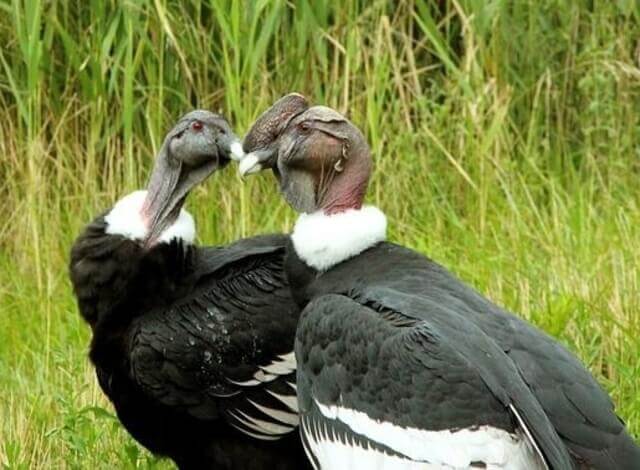
The Remarkable Adaptations of Birds: From Flight to Beak Diversity
Birds have evolved a remarkable array of adaptations that have allowed them to thrive in a diverse range of environments. From their ability to fly to the development of specialized beaks, birds have evolved unique traits that set them apart from other animals.
Flight is perhaps the most iconic adaptation associated with birds. While not all birds can fly, those that can have developed a range of features that make powered flight possible. The most obvious of these is the presence of wings, which are modified forelimbs that allow birds to generate lift and achieve sustained flight.
However, flight requires more than just wings. Birds have also developed lightweight, streamlined bodies that reduce drag and increase efficiency. They have also developed powerful chest muscles that drive the flapping motion of their wings, as well as a respiratory system that delivers oxygen to their muscles more efficiently than in other animals.
Another notable adaptation in birds is the evolution of beaks, which have diversified in shape and size to allow for specialized feeding. For example, woodpeckers have developed strong, chisel-like beaks that allow them to drill into tree bark to extract insects.
Hummingbirds, on the other hand, have long, slender beaks that allow them to sip nectar from flowers. Birds of prey have developed hooked beaks that enable them to tear apart their prey, while finches have developed short, conical beaks that are ideal for cracking seeds and nuts. The diversity of beak shapes and sizes in birds is a testament to the adaptability of this group of animals.
But it’s not just their ability to fly and their unique beaks that make birds so remarkable. They have also developed a range of other adaptations that have helped them survive and thrive in different environments.
For example, some birds have evolved specialized feet that allow them to cling to vertical surfaces, while others have developed webbed feet that make swimming easier. Still others have evolved adaptations such as hollow bones, improved vision, and a highly developed sense of hearing that make them uniquely suited to their environments.
The evolution of these adaptations has occurred over millions of years, and has been shaped by a range of factors including changes in climate, habitat availability, and competition with other animals.
Understanding the timeline of bird evolution and the development of different bird species has been an ongoing area of research, and new discoveries continue to shed light on this fascinating process.
The Role of Environment in Bird Species Development
The evolution of birds has been shaped in large part by their environment. Changes in climate, habitat availability, and the presence of competitors have all played a role in the development of different bird species over time.
For example, the development of powerful chest muscles in birds is thought to have been influenced by the need to generate lift in high altitude environments. Similarly, the evolution of specialized beaks in birds has been influenced by the availability of different food sources.
Understanding the timeline of bird evolution and the factors that have influenced the development of different bird species is an ongoing area of research. By tracing the genetic and fossil records of birds, scientists have been able to piece together the story of how this remarkable group of animals evolved and adapted to their environments over millions of years.
The evolution of birds is an ongoing process, and new adaptations continue to emerge in response to changing environmental pressures. By studying the past and present of bird evolution, scientists can gain insight into how these adaptations occur and how they might continue to shape the future of avian life on Earth.
Human Impact on Bird Evolution: From Extinctions to Conservation
Bird species have been evolving for millions of years, but human activities have had a significant impact on that evolution. Many bird species have become extinct due to habitat destruction, introduced species, hunting, and climate change.
As a result, researchers are monitoring the ongoing evolution of birds to understand how they are adapting to these changes and to identify conservation strategies to protect them.
The timeline of bird evolution reflects the impact of human activities. The extinction of the dodo bird in the 17th century was one of the first documented cases of human-driven extinction of a bird species.
Other bird species that have gone extinct due to human activities include the great auk and the passenger pigeon. Today, many bird species are facing declining population numbers, with some on the verge of extinction.
Conservation efforts are crucial to protecting bird species from further extinction. One example is the Endangered Species Act, which was implemented in the United States in 1973 to protect threatened and endangered species, including birds.
Other conservation efforts include habitat restoration, captive breeding programs, and the management of introduced species and hunting practices.
| Human Activities Impacting Bird Evolution | Examples |
|---|---|
| Habitat Destruction | Deforestation, urbanization |
| Introduced Species | Invasive predators, competitors for resources |
| Hunting | Overharvesting, illegal trade |
| Climate Change | Altered migration patterns, habitat loss |
As humans continue to impact the environment and drive changes in bird populations, it is important to track the ongoing evolution of bird species. By doing so, researchers can identify the factors that are driving species changes and develop more effective conservation strategies to protect them.
The Future of Bird Evolution: Adaptation in a Changing World
Birds have a remarkable ability to adapt to changing environments, and as humans continue to impact the world around us, it is likely that we will see further evolution in bird species. One area of potential adaptation is in response to urbanization.
As more and more cities expand, birds are forced to adapt to living in highly developed areas. Some bird species have already demonstrated the ability to thrive in urban environments, such as pigeons and sparrows. However, continued adaptation to cities may lead to new traits and behaviors in birds, such as altered vocalizations or changes in migration patterns.
Another area where we may see evolution in bird species is in response to pollution. The impact of pollution on birds is complex, with some species appearing to be adapting to survive in highly polluted environments.
For example, some populations of blackbirds have evolved larger livers and kidneys to help detoxify their bodies. However, continued exposure to pollution may lead to negative effects on bird populations, such as decreased reproductive success.
Climate change is another factor that may drive evolution in bird species. As temperatures increase, some bird species may shift their ranges or alter their breeding behavior. For example, some birds are beginning to lay eggs earlier in the spring to match the earlier arrival of insects, which they feed upon.
Additionally, rising sea levels may impact shorebird populations, potentially leading to changes in migration patterns or breeding locales.
Overall, the future of bird evolution is closely tied to human impact on the environment. While some bird species are able to adapt and thrive in changing environments, others are struggling to survive due to habitat destruction and other human activities.
Ongoing research into bird evolution will continue to shed light on the ways in which our actions are shaping the natural world around us.
The Evolution of Birds: A Significant and Ongoing Story
The evolution of birds is a fascinating story that began over 150 million years ago. Birds have evolved from dinosaurs and have developed into distinct species with a wide array of adaptations and behaviors. The study of avian evolution has provided significant insights into the history of life on Earth and continues to be an exciting area of research and discovery.
Avian evolution has been traced back to feathered dinosaurs like Archaeopteryx, which had both reptilian and avian features. Over time, birds developed specialized adaptations like beaks and wings, which allowed them to fly and occupy a diverse range of habitats. Today, there are over 11,000 bird species found across the globe.
Significance of Avian Evolution
The evolution of birds has played a significant role in shaping the Earth’s ecosystems. Birds are important for seed dispersal, pollination, and insect control. They have also been used as bioindicators of environmental health. Additionally, the study of bird evolution has contributed to our understanding of evolutionary theory and the development of modern genetics.
The Ongoing Story of Avian Evolution
The research on avian evolution is ongoing, and new discoveries are being made regularly. Scientists continue to study the relationships between different bird groups and the development of new adaptations. Understanding the evolution of birds can also help us develop strategies to protect endangered species and conserve their habitats.
In conclusion, the evolution of birds is a significant story that highlights the diversity of life on Earth and the ongoing process of adaptation and change. While there is still much to learn about avian evolution, the study of birds provides valuable insights into the history of life on our planet.
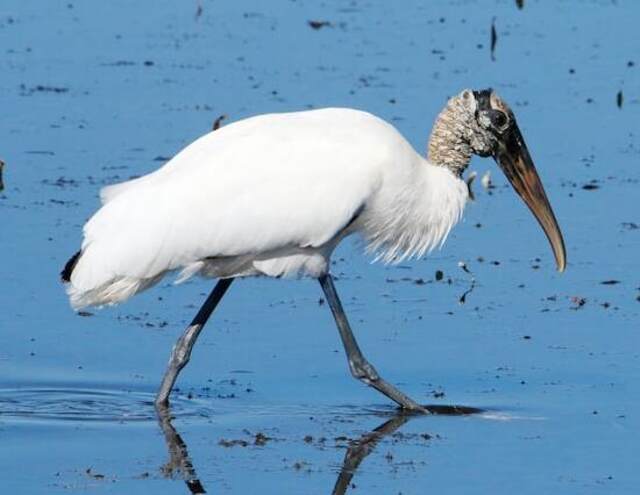
FAQs: Exploring The Evolution of Birds
What is the connection between birds and dinosaurs?
Birds are actually descendants of dinosaurs. They share many characteristics with their dinosaur ancestors, including skeletal features and certain behaviors.
Are there any fossil records that show the transition from dinosaurs to birds?
Yes, there have been several fossil discoveries that provide evidence of the transition from dinosaurs to birds. One of the most famous examples is Archaeopteryx, a species that had both bird-like and dinosaur-like features.
How did birds evolve different physical characteristics over time?
Birds evolved different physical characteristics through a process called adaptive radiation. This means that they diversified and specialized to fill different ecological niches, resulting in the development of various bird species with unique traits.
How do scientists classify and understand the evolutionary history of birds?
Scientists use genetic analysis to trace the phylogenetic relationships among different bird species. By comparing DNA sequences, they can determine how closely related different bird groups are and understand their evolutionary history.
What are some notable adaptations of birds?
Birds have remarkable adaptations, such as the ability to fly and the evolution of various beak shapes and sizes. These adaptations have allowed birds to thrive in diverse environments and specialize in different feeding strategies.
How has human activity affected bird evolution?
Human activities, such as habitat destruction, the introduction of non-native species, and climate change, have had a significant impact on bird populations. These factors can lead to population declines, habitat loss, and changes in migratory patterns.
What does the future hold for bird evolution?
The future of bird evolution is uncertain, but birds will likely continue to adapt to environmental changes and human interactions. Urbanization, pollution, and the changing climate may present new challenges and opportunities for bird species to evolve and survive.
Sources
https://worldanimalfoundation.org/advocate/how-many-animals-are-in-the-world/

